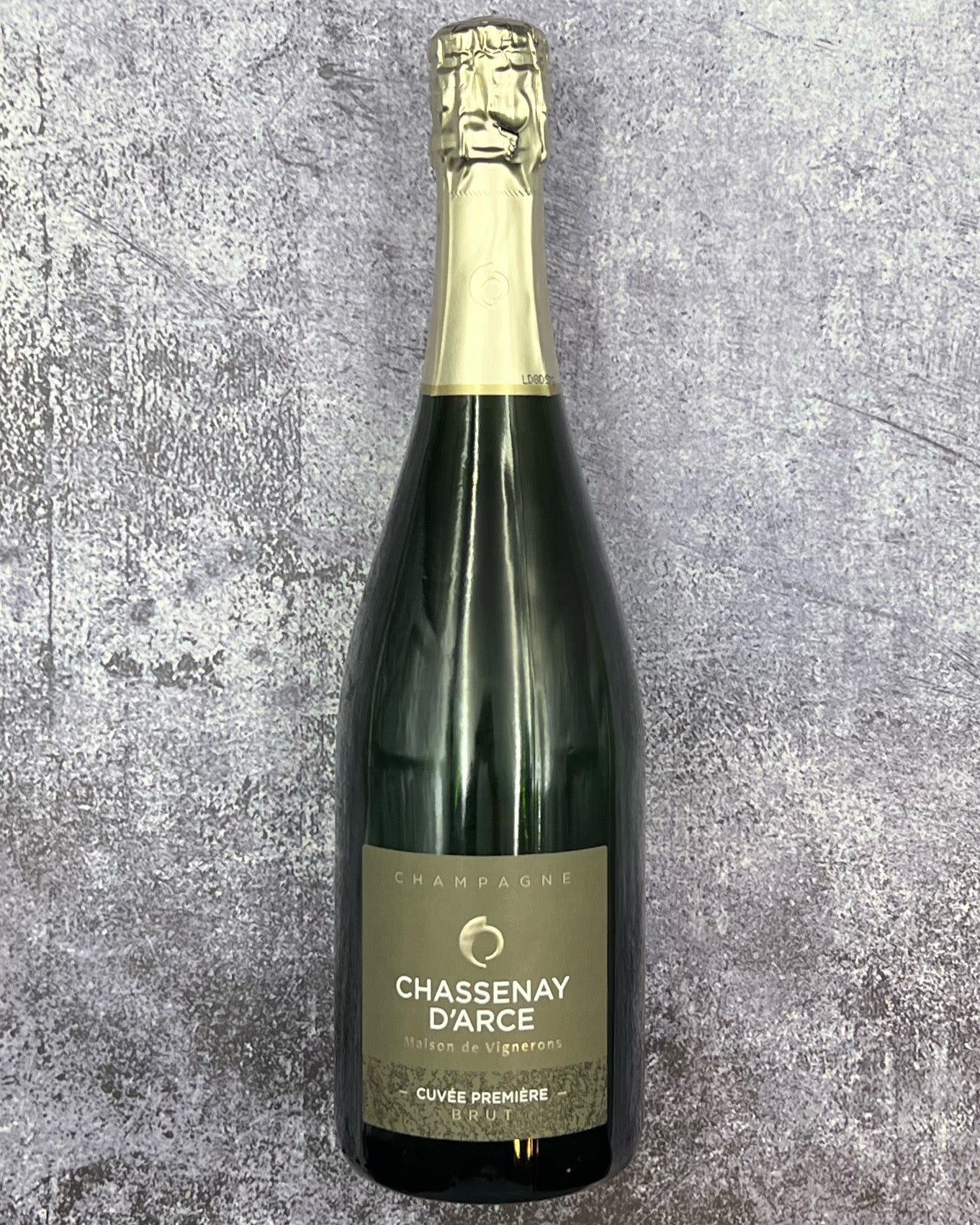From: Côte des Bar, Champagne, France
Blend: 62% Pinot Noir, 37% Chardonnay, 1% Pinot Blanc
Taste: A decidedly pleasurable champagne with gentle, lightly floral top notes that open into breezy citrus and yellow fruit (baked golden apple and pear). These forward aromas soon become balanced by baking spice, which all circles a core that’s a dead ringer for Japanese honey toast (aka Shibuya toast, brick toast, or hanitō). The palate both opens and closes with citrus-forward acidity; candied tangerine to open and slightly pithy lemon on the finish, both adding balance and nuance to the medley of fruit found on the mid-palate. Citrus opens to raspberry, white strawberry, green apple, northern Rhône apricot, fresh cantaloupe, and a drizzle of wildflower honey. Before you think this bubbly may be too sweet, know that there’s a thread of rock salt, river’s edge minerality that underscores all this fruit (plus the citrus mentioned earlier). This lovely champagne showcases balance and finesse exceptionally well and shouldn’t be overlooked, especially considering its price!
“Lemon verbena and lemony blossom on the nose. Sharp, floral, spring-like and lime fresh. Aperitif wine! Lots of froth.” —Tamlyn Currin for Jancis Robinson, 15 points (January 2022)
90 Wine Spectator Lightly floral and delicate overall, this is nonetheless focused by a firm frame of well-meshed acidity that drives the flavors of white raspberry, apricot, candied lemon zest and biscuit. A fine aperitif. Drink now through 2017. 90 Decanter Ripe green, citrus and stone fruit, with a good savoury note and great acidity. Balanced off dry style, solid finish. Blend: 62% Pinot Noir, 33% Chardonnay, 5% Pinot Blanc.
"An explosion of delicate fragrances on the nose, expressing the density of Pinot Noir through small red and yellow fruit notes, carried by the harmonious freshness of Chardonnay. The roundness and smoothness on the palate echoes with the intensity of generous flavours found on the nose.”
From the cooperative in Ville sur Arce, this attractive, immediately drinkable wine is light and fresh with citrus and green apple fruits. A refreshing line of bright acidity cuts right through and gives a crisp aftertaste. — Roger Voss
Pairing: This champagne will be as versatile on the table as in your glass. Whether you decide to pair this with grilled fish collars, zucchini noodles, garlicky crab and brown butter pasta, shrimp or fish tacos, squash blossom empanadas, rotisserie chicken, lemony garlic shrimp or chicken (or fried chicken or mushrooms), you’re in good company. This champagne is so friendly you could even pair it with a peanut butter and jelly sandwich. That said, we’re recommending a recipe for Coconut Curry Fish by Millie Peartree below— the breadth of citrus, fruit, and richness in this champagne can handle the rich curry spices, just don’t overdo it (for this pairing) by adding extra chiles or Thai chiles.
Coconut Curry Fish
By Millie Peartree
About. Champagne Chassenay d’Arce is a co-op of growers founded by five pioneers in 1956 in the village of Ville-sur-Arce. The ‘Chassenay’ part of the name originates from an older spelling of Château de Chacenay in the neighboring village of Chacenay, while the ‘d’Arce’ refers to the location of their vineyards along the Arce River (a tributary of the Seine).
Operations continue to endure with the original spirit of cooperation, solidarity, and knowledge sharing, and the house now counts some 130 families and three generations of winemakers. Chassenay d’Arce is the first Champagne House to receive Sustainable Winegrowing certification based on a strict set of specifications audited by AFNOR, the independent French standardization association, every 18 months.
Chassenay d’Arce sources grapes from a combined 315 hectares, spanning 12 villages in the heart of the Côte des Bar, along the Arce River. The Arce valley is shaped by a unique landscape that alternates between vineyards and forests, this area is also characterized by the diverse varieties planted and the integrated cultivation they practice. The dominant variety in the Côte des Bar is Pinot Noir, but Chassenay d’Arce also grows Chardonnay, Pinot Meunier, and the old Champagne variety Pinot Blanc.
The Arce Valley's location at the southern end of Champagne, closer to Burgundy than to Reims, the unofficial capitol of the Champagne region. Chassenay d’Arce champagnes are an expression of the specific terroir here in the Côte des Bar, with its Kimmeridgian soils whose origins can be traced to around 150 million years ago when the area was covered by the sea. Chassenay d’Arce is able to harvest its fruit at full maturity towards the end of the summer due to the area’s milder climate, their vines’ favorable exposure to sunshine, and the stony marl soils in the area.
This blend of 62% Pinot Noir, 37% Chardonnay, and 1% Pinot Blanc is a mix of various vintages, including 25% reserve wines. The first fermentation took place in temperature-controlled stainless-steel tanks to preserve freshness and delicate aromas. Following the second fermentation in bottle, the wine aged on its lees for three years to encourage a more delicate texture and fine bubbles. A Brut Champagne, this wine has eight grams per liter of residual sugar.

